1. Sgt. Pepper’s Lonely Hearts Club Band – The Beatles
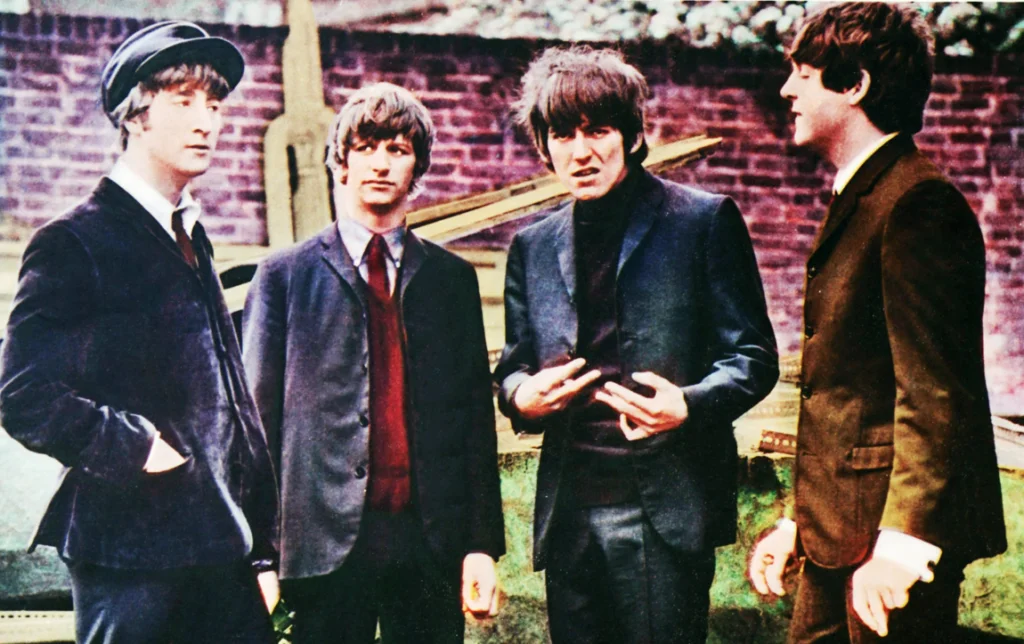
This 1967 album is one of those musical moments where everything seemed to shift all at once. The Beatles leaned into experimentation more than ever, blending psychedelic rock with orchestral arrangements in a way that felt completely new. Fans were stunned by how different it sounded from their earlier work, almost as if the band had reinvented themselves overnight. The idea of a “concept album” wasn’t exactly common at the time, but this one made it feel like a full experience instead of just a collection of songs. From the album art to the transitions between tracks, it set a new standard for what pop music could be. People still talk about how it changed the rules for rock and roll. Musicians all over the world took notes and followed suit. Even today, it’s one of the most analyzed albums in history.
The album’s success helped bridge the gap between pop music and high art. Critics praised its ambitious arrangements, but everyday listeners appreciated it just as much. It influenced everyone from The Beach Boys to Oasis, and its reach extended far beyond rock. It also helped kick off the era of albums being treated as cohesive artistic statements. Many music historians consider it a turning point in modern music. Its legacy continues to ripple through genres, decades later. It’s hard to imagine what music would look like without it.
2. Pet Sounds – The Beach Boys

Released in 1966, Pet Sounds was Brian Wilson’s masterpiece and a huge departure from the band’s surf-rock beginnings. Wilson pushed himself creatively, blending lush harmonies with complex chord progressions that felt light-years ahead of their time. The album didn’t explode in the U.S. initially, but musicians instantly recognized how groundbreaking it was. Fans loved its emotional honesty and dreamy soundscapes. Wilson’s attention to detail was so intense that he used everything from bicycle bells to dog barks. It was a bold move that paid off in the long run. Critics eventually praised it as one of the greatest albums ever made.
One of its biggest impacts came from how it influenced other artists. Paul McCartney famously said Pet Sounds inspired Sgt. Pepper, sparking one of the most legendary creative rivalries in music. Many modern indie bands owe their layered production style to this record. It shifted the focus of pop music toward introspection instead of just catchy melodies. The album also helped cement the idea that studio work could be just as important as live performance. It remains a touchstone for producers and songwriters. Decades later, its emotional vulnerability still resonates deeply.
3. Highway 61 Revisited – Bob Dylan
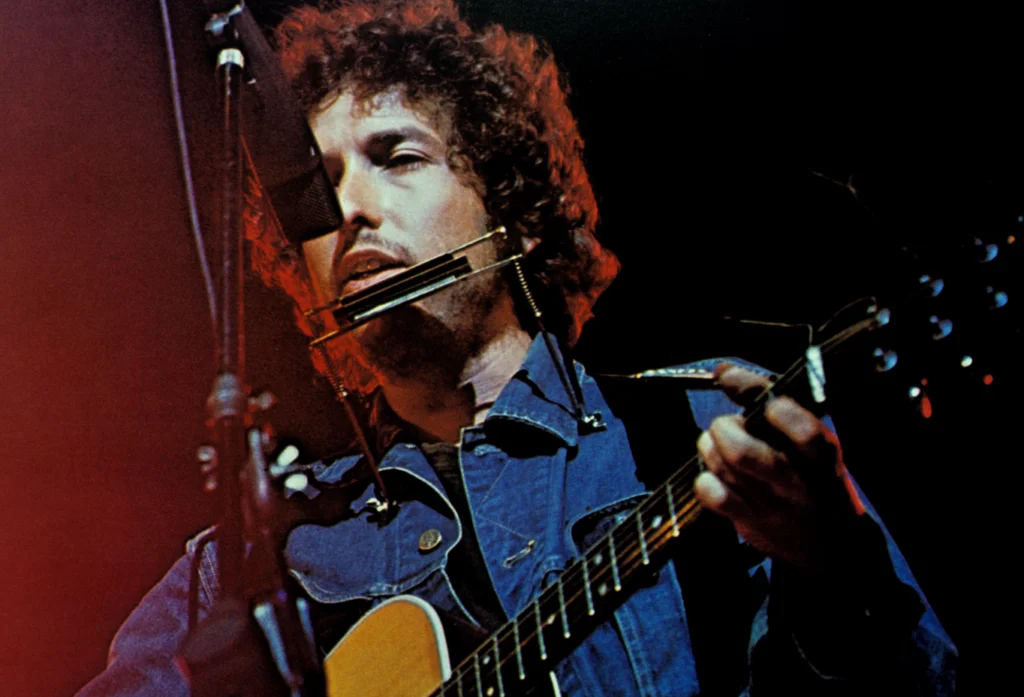
When Bob Dylan plugged in his electric guitar for this 1965 album, the folk world practically gasped. Fans were used to his acoustic protest songs, so this bold rock direction felt like a shock. But it didn’t take long before listeners realized how powerful the fusion could be. “Like a Rolling Stone” alone marked a huge leap forward, stretching what a hit single could sound like. The lyrics were poetic, biting, and full of attitude. Dylan proved that popular music could be both literary and electrifying. It was the kind of album that made young musicians rethink everything.
The record helped dissolve the boundaries between folk and rock. Its raw energy and storytelling changed how artists approached songwriting. Bands like The Byrds and The Doors drew inspiration from its fearless experimentation. Dylan himself never really looked back after this shift. The album’s sound, attitude, and songwriting helped shape the counterculture movement of the decade. Many critics now view it as one of the most influential rock albums ever recorded. It still feels fresh and confrontational today. Its impact can be heard in countless genres.
4. Are You Experienced – The Jimi Hendrix Experience
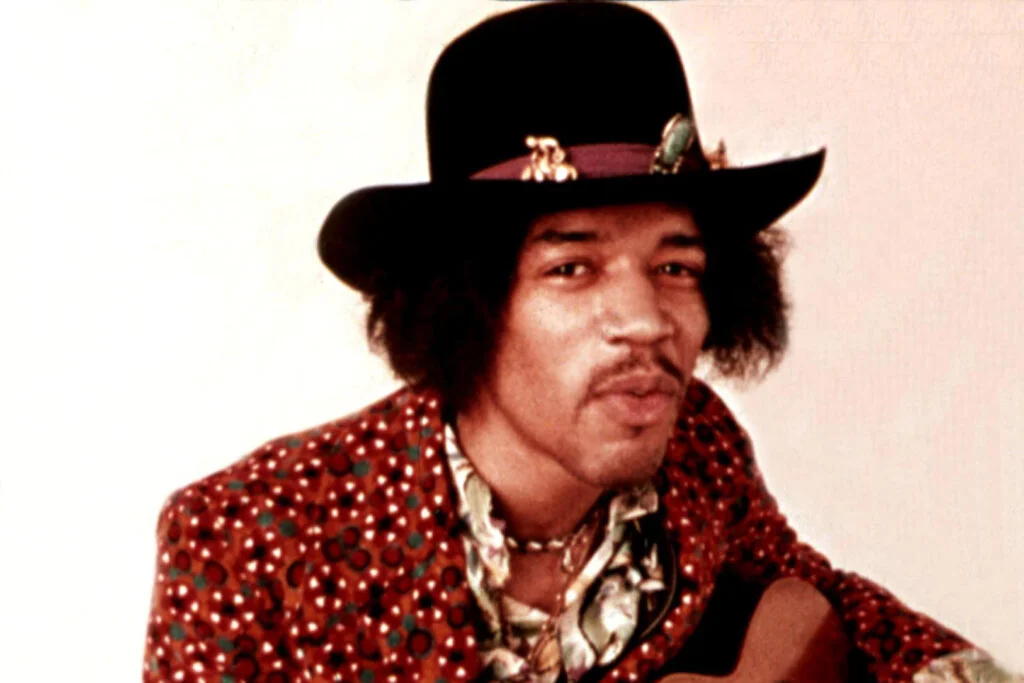
Jimi Hendrix arrived like lightning when this album dropped in 1967. His guitar work was unlike anything people had heard before, filled with feedback, distortion, and creativity. Songs like “Purple Haze” and “Foxy Lady” became instant classics. He blended blues, rock, and psychedelia with effortless swagger. Fans were captured by his charisma as much as his technical skill. Hendrix pushed guitar playing into a whole new universe. Musicians everywhere suddenly wanted to play louder, bolder, and stranger. It was truly groundbreaking.
The album redefined what the electric guitar could do. Hendrix showed that the instrument wasn’t just for rhythm or melody, but could create entire sonic worlds. His innovations inspired everyone from Stevie Ray Vaughan to Prince. The record became a cornerstone of psychedelic rock. It also helped elevate guitarists as front-and-center stars. Even decades later, guitarists study Hendrix’s technique like a blueprint. Its influence stretches across rock, metal, and beyond. It remains one of the defining albums of the decade.
5. The Velvet Underground & Nico – The Velvet Underground
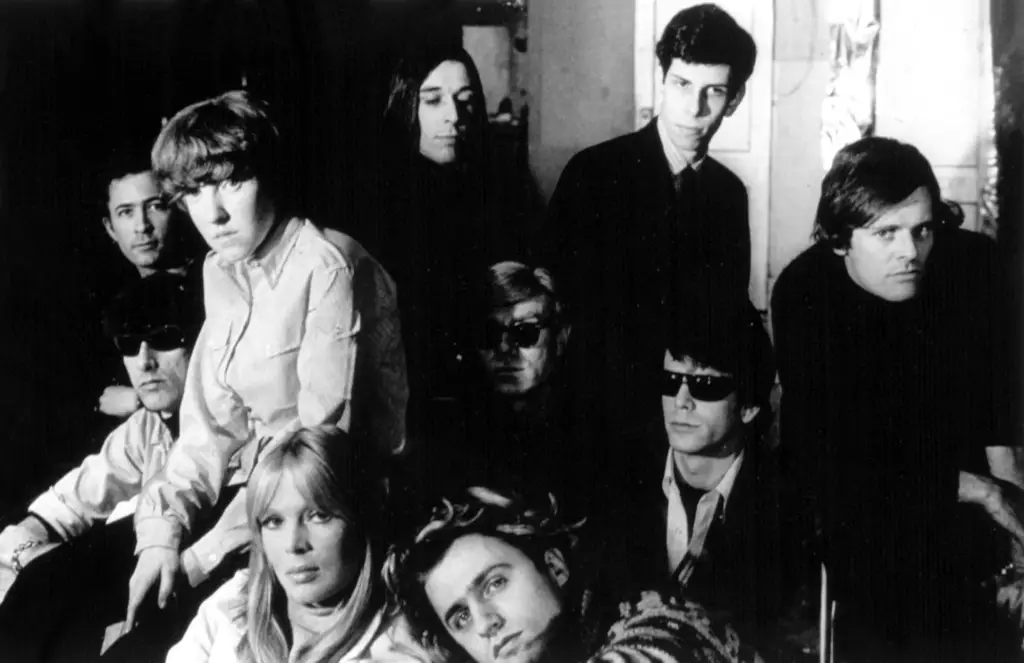
This 1967 album wasn’t a commercial smash when it first landed, but its influence grew slowly and steadily. Lou Reed and John Cale created something raw, confrontational, and deeply artistic. With Nico’s haunting vocals and Andy Warhol’s involvement, it felt like an avant-garde experiment. The subject matter ranged from urban nightlife to emotional disconnection, which wasn’t common in mainstream music. Fans didn’t quite know what to make of it at first. But those who loved it really loved it. It became one of those records musicians passed around like a secret.
Over time, it helped launch entire genres. Punk, alternative rock, and art rock all owe something to this album. Its minimalist sound and willingness to explore taboo topics made it feel revolutionary. Artists like David Bowie and R.E.M. drew from its boldness. It also proved that commercial success isn’t the only measure of impact. The record’s cult following grew into a massive legacy. Today, it’s considered one of the most important albums ever made. Its influence can be heard everywhere.
6. A Love Supreme – John Coltrane

Released in 1965, this spiritual jazz masterpiece felt both intimate and cosmic. John Coltrane poured his heart into every note, creating a four-part suite that felt like a prayer. Fans were moved by its emotional depth, even if they weren’t jazz experts. Coltrane’s playing reached new heights, blending improvisation with structure in a stunning way. The album became a landmark moment in jazz history. It helped introduce deeper, more spiritual themes into the genre. Many listeners describe it as a transformative experience. It stands as one of Coltrane’s greatest achievements.
Its influence radiated far beyond jazz. Musicians in rock, hip-hop, and classical music have cited it as an inspiration. The album expanded what instrumental music could express emotionally. Coltrane’s technical mastery and spiritual focus encouraged other artists to push deeper into their own work. It became a touchstone for avant-garde jazz. Its meditative quality resonated with the broader counterculture movement. Today, it’s studied in music programs around the world. It continues to inspire listeners and musicians alike.
7. Rubber Soul – The Beatles
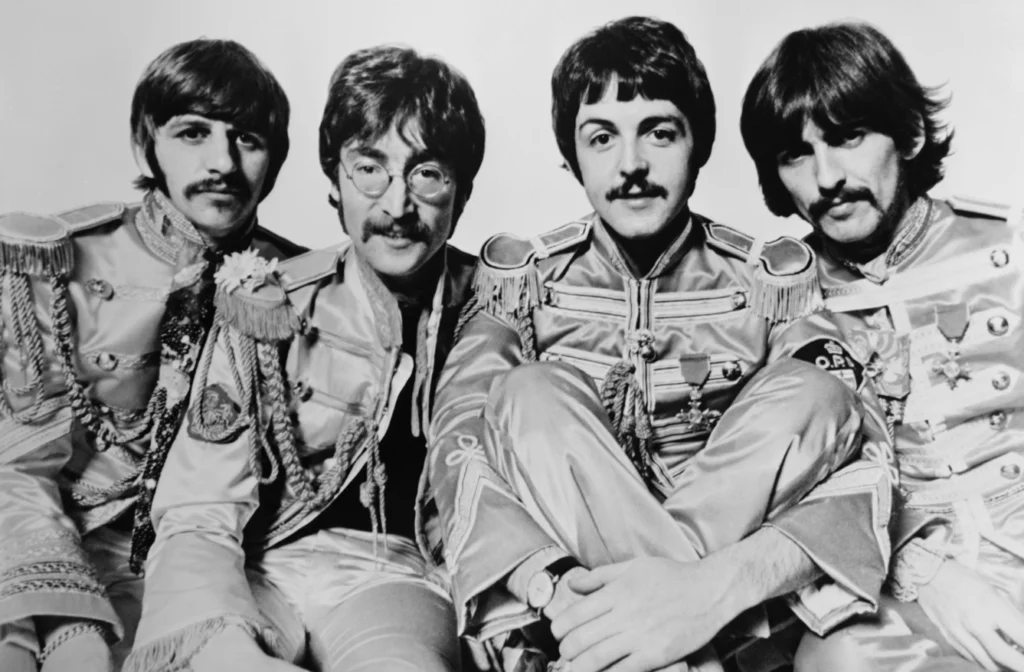
Rubber Soul was released in 1965 and marked a major turning point for The Beatles. The band moved away from simple love songs and began exploring more mature themes. They also experimented with instruments like the sitar, showing a growing willingness to look outside traditional rock. Fans could feel the band evolving right in front of them. Songs like “Norwegian Wood” and “In My Life” became instant favorites. The album had a warm, folk-rock feel that stood out. It showed the band’s increasing creative confidence. It set the stage for their later masterpieces.
Musicians found endless inspiration here. The album helped usher in the era of thoughtful, introspective rock. Its influence on folk-rock bands was enormous. Even Brian Wilson cited it as a major inspiration. The Beatles themselves saw it as a creative breakthrough. It helped establish the album format as a cohesive artistic statement. Its emotional depth and musical variety still resonate strongly. It remains one of the band’s most beloved records.
8. Let It Bleed – The Rolling Stones
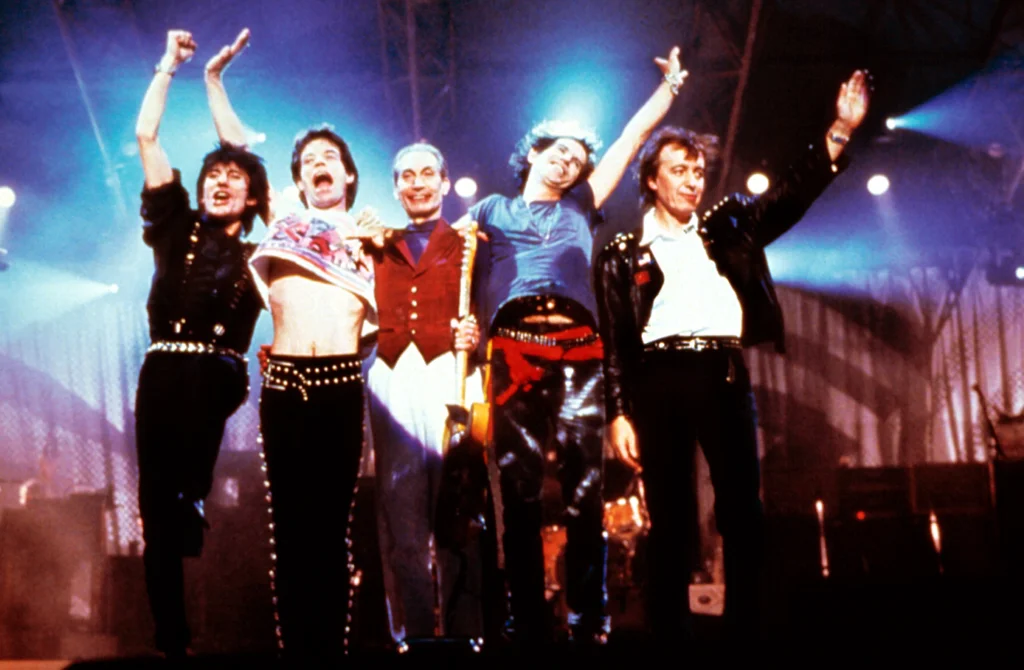
Released in 1969, this Rolling Stones classic captured the raw energy of a band in transition. Fans were drawn to its gritty blues-rock sound, which felt darker and more mature than some of their earlier work. The album was released at a time of major social upheaval, and it reflected that tension. Songs like “Gimme Shelter” became anthems of the era. Mick Jagger’s vocals were powerful and full of emotion. The record blended rock, country, and blues influences seamlessly. It quickly cemented itself as one of the band’s defining works. Listeners still feel its urgency today.
Its impact on rock music was massive. The album helped solidify the Stones’ identity as the “anti-Beatles,” offering a rougher, grittier vision of rock. Musicians admired its bold production choices and emotional intensity. It became a touchstone for blues-rock bands everywhere. Its themes of unrest and resilience resonated with the counterculture movement. Many critics argue it captured the end-of-the-decade mood perfectly. Its songs remain staples of rock radio. It continues to influence new generations of artists.
9. At Folsom Prison – Johnny Cash

This 1968 live album brought Johnny Cash roaring back into the spotlight. Recorded inside California’s Folsom State Prison, it offered an authenticity that felt rare in country music. Fans were captivated by Cash’s empathy for the inmates and the raw energy of the crowd. The album showcased his rebellious persona while also highlighting his deep humanity. Songs like “Folsom Prison Blues” took on new meaning in that setting. It became one of Cash’s most defining works. The performance felt electric from start to finish. It remains one of the most iconic live albums ever made.
The record had a huge impact on both country and rock. It helped expand the audience for country music by attracting younger listeners. Musicians admired the album’s fearless concept and emotional honesty. Cash proved that live albums could be as powerful as studio recordings. He also helped shine a spotlight on prison reform issues. The album revitalized his career in a massive way. Its influence can be heard in outlaw country and Americana music today. It still stands as a groundbreaking moment in music history.
10. The Doors – The Doors
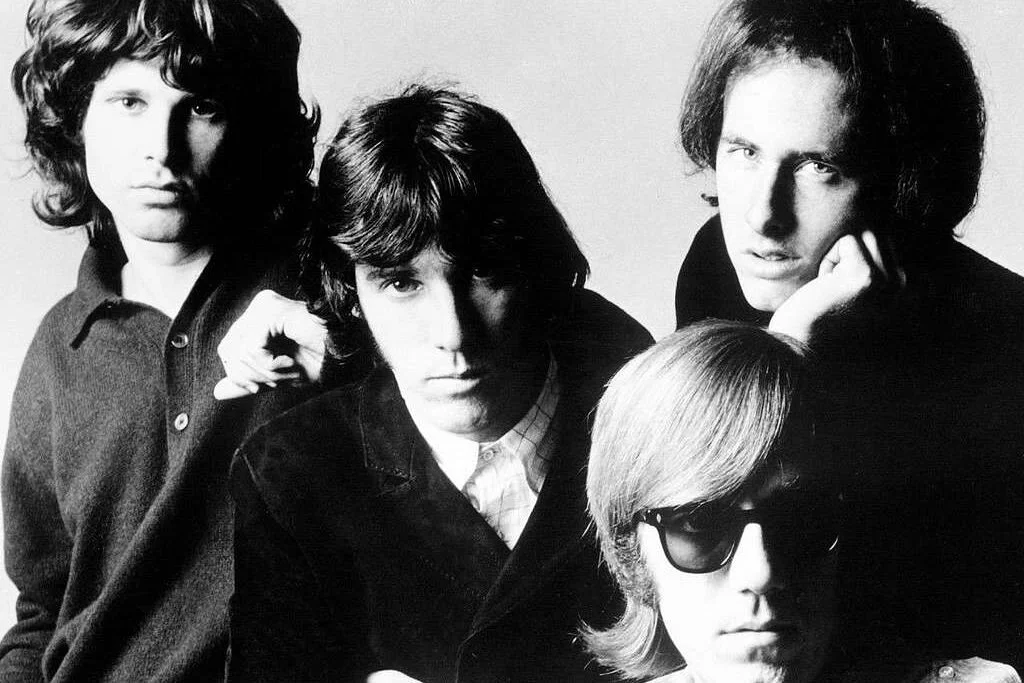
Released in 1967, this debut album introduced the world to Jim Morrison’s poetic lyrics and the band’s eerie, hypnotic sound. Fans were drawn to its mix of rock, blues, and psychedelia. “Light My Fire” became a huge hit, helping the band break into the mainstream. Morrison’s stage presence and mysterious persona only added to the album’s mystique. Ray Manzarek’s keyboard work became instantly recognizable. The record felt dark, bold, and full of possibility. It captured the spirit of the counterculture movement. Listeners were fascinated by its intensity.
Its influence spread quickly. The album helped shape the psychedelic rock genre. Bands admired its atmospheric soundscapes and poetic approach. The Doors proved that rock could explore darker emotional territory. Their fusion of jazz, classical, and blues elements inspired countless musicians. The record remains a staple of 1960s rock. Even today, it feels edgy and daring. Its combination of mood and musicianship continues to captivate listeners.
11. Bookends – Simon & Garfunkel

Released in 1968, Bookends showcased the duo at the height of their powers. Fans loved its gentle harmonies and introspective songwriting. The album explored themes of aging, nostalgia, and loss, which resonated deeply during a tumultuous decade. Songs like “America” and “Mrs. Robinson” became instant classics. The production was clean, elegant, and emotional. Simon & Garfunkel proved they could create music that felt both personal and universal. The album became a huge success. It remains one of the standout folk-rock albums of the era.
Its influence stretched beyond folk. The album helped shape the emerging soft-rock movement. Artists admired its poetic lyrics and lush arrangements. It showed that quiet, reflective music could have just as much cultural impact as loud rock. Its themes felt relatable to listeners of all ages. Many modern singer-songwriters cite it as an inspiration. Its emotional honesty still resonates today. It holds a cherished place in music history.
12. In the Court of the Crimson King – King Crimson

This 1969 debut album helped launch the entire progressive rock movement. Fans were shocked by its mix of jazz, classical, and rock influences. The opening track “21st Century Schizoid Man” sounded like nothing else on the radio. The album felt grand, dramatic, and wildly ambitious. Its experimental approach inspired countless musicians. It also pushed listeners to think differently about what rock music could be. King Crimson proved that complexity didn’t have to sacrifice emotion. It became a cornerstone of prog rock.
The record’s influence is massive. Bands like Yes, Genesis, and Rush built on its foundation. Its innovative use of Mellotron became a signature sound of the genre. The album helped legitimize long, multi-part compositions in rock. Critics praised its boldness and originality. Musicians still study its arrangements today. It remains one of the most respected albums of the ’60s. Its impact continues to shape progressive music.
13. Stand! – Sly and the Family Stone

Released in 1969, Stand! brought a joyful, energetic blend of soul, funk, and rock. Fans embraced its uplifting messages and irresistible grooves. Songs like “Everyday People” delivered powerful social commentary wrapped in catchy melodies. The album showcased the band’s eclectic style and tight musicianship. It arrived at a moment when unity and optimism felt desperately needed. Sly Stone’s fearless creativity shone brightly. The record quickly became a cultural touchstone. It helped define the sound of late-’60s soul.
Its influence on future genres is undeniable. Funk, R&B, and even hip-hop artists draw heavily from its sound. The album helped popularize slap bass and innovative rhythm arrangements. It inspired musicians like Prince, who admired its bold blend of styles. Its themes of equality resonated into future generations. Many critics consider it one of the best funk albums ever made. Its legacy remains vibrant. It continues to inspire artists across genres.
14. Odessey and Oracle – The Zombies

Released in 1968, Odessey and Oracle became one of those rare albums that grew more influential long after it first debuted. Fans were charmed by its warm harmonies, sunny melodies, and gentle psychedelic touches that felt both dreamy and grounded. The band recorded much of it at Abbey Road Studios, giving it a crisp, elegant sound that stood out from many of the era’s heavier rock releases. “Time of the Season” became the breakout hit, even though it wasn’t initially a major success. Listeners began passing the album around like a hidden gem, and its reputation blossomed over the years. Critics later praised its emotional lyricism and beautifully layered arrangements. It felt sophisticated without ever sounding pretentious. Many now consider it one of the finest pop albums of the decade.
Its influence spread slowly but deeply. Artists in indie pop and baroque pop often cite it as a blueprint for melodic, harmony-driven songwriting. The album showed how powerful a gentle, thoughtfully crafted record could be during a decade dominated by louder, flashier styles. Its soft, orchestral production helped shape later chamber-pop sounds. Musicians admired how the band blended melancholy and sweetness in equal measure. The record eventually earned a cult following that grew into mainstream appreciation. Today, it’s widely regarded as a classic that was simply ahead of its time. It remains one of the most beautifully crafted albums of the ’60s.


